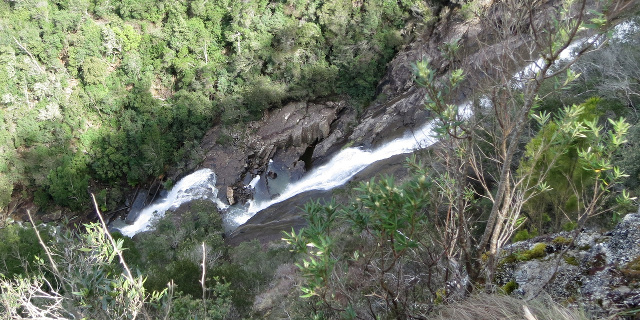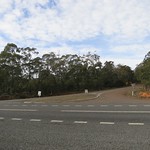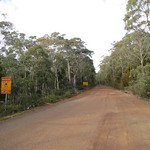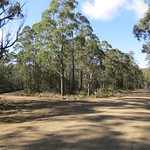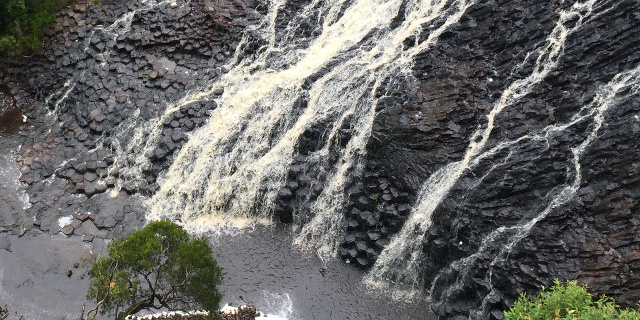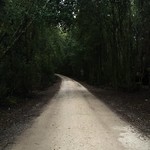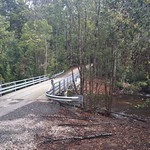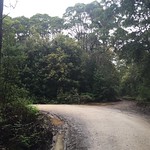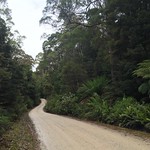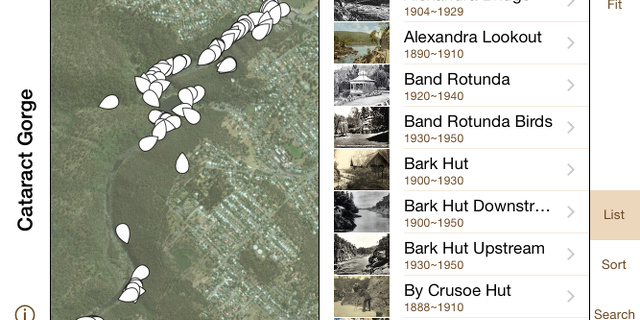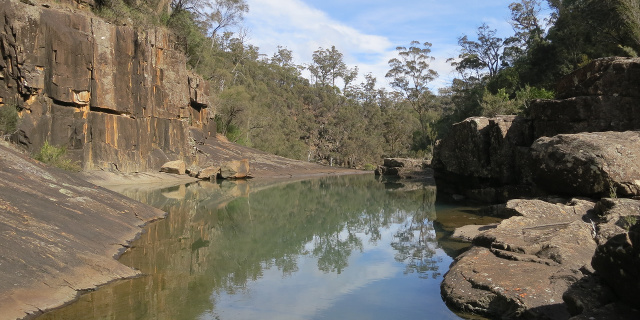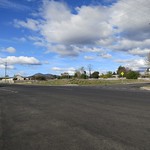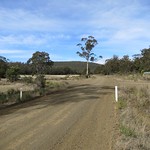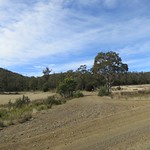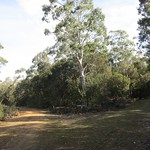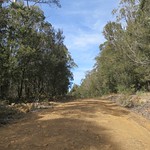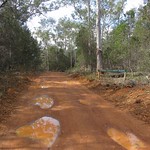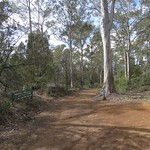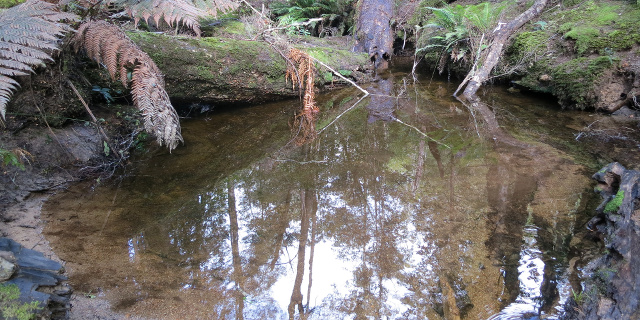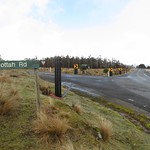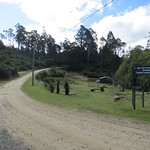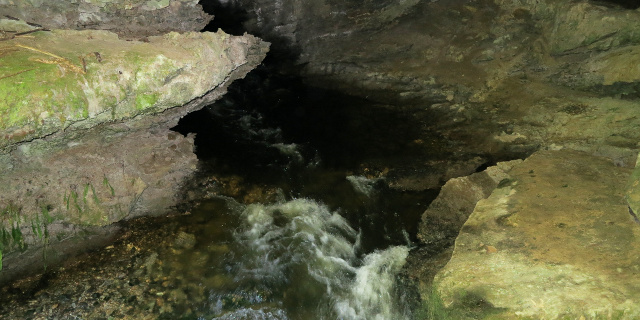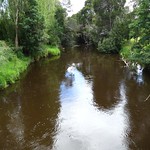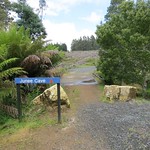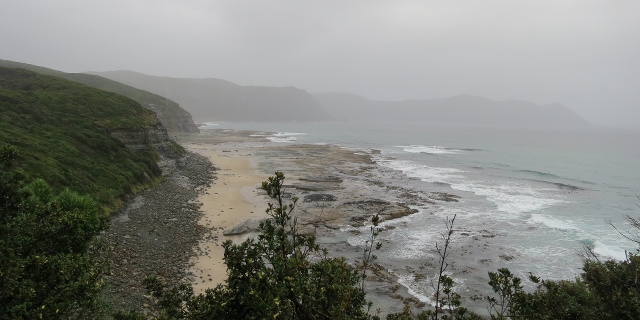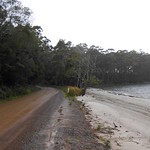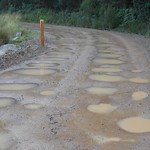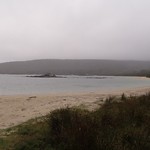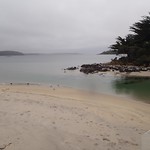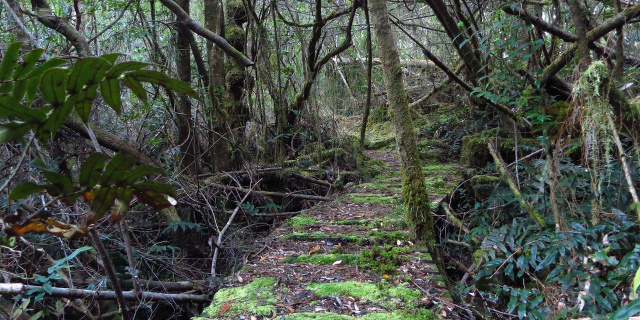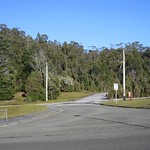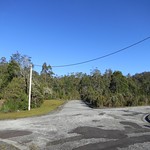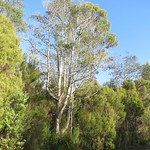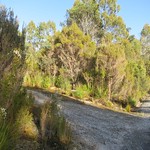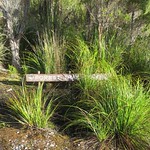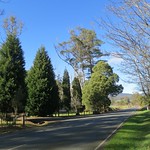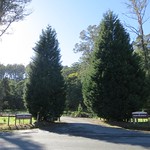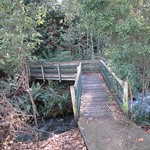Dip Falls are found in the Dip River Forest Reserve, near Mawbanna in the northwest of Tasmania, Australia. They flow across two layers of black basalt columns, which give the falls a unique appearance among the hundreds of Tasmanian waterfalls.
Update
Parks & Wildlife upgraded the steps to Dip Falls in July 2017. The report below no longer describes the track accurately.
Four short walks lead to the base of the falls, a viewing platform, an old sawmill boiler and the “Big Tree”. While the base of the falls involves a long flight of steps, the other three walks would admit wheelchairs with some effort.
The “Big Tree” in the Dip River Forest Reserve should not be confused with the “Big Tree” and “Bigger Tree” in the Styx Big Tree Reserve in Tasmania’s south.
Getting there
The route to Dip Falls began with turning off the Bass Highway onto Mawbanna Road, south and east of Stanley. The Mawbanna Road wound around farms and hills; it was sealed but not fast or easy to drive, especially when a loose cow wandered onto the road.
After about 24 kilometres, Mawbanna Road reached a right turn onto Dip Falls Road. This was unsealed, but wide and in good condition, and only two kilometres remained to Dip Falls. The Big Tree was another kilometre further on.
Continue reading “Walking to Dip Falls” →
